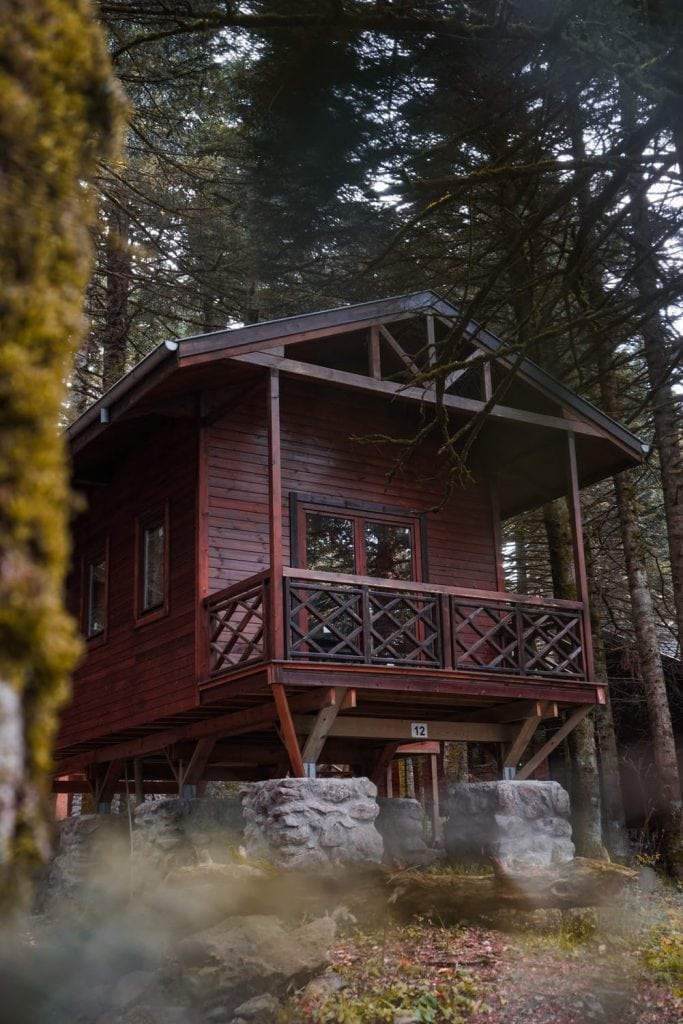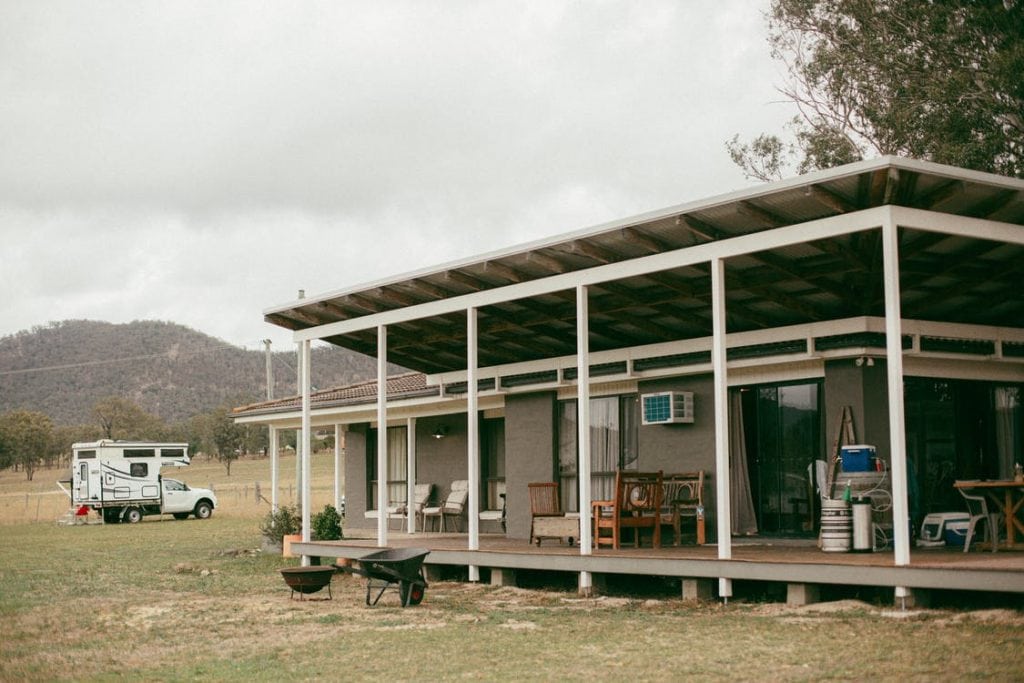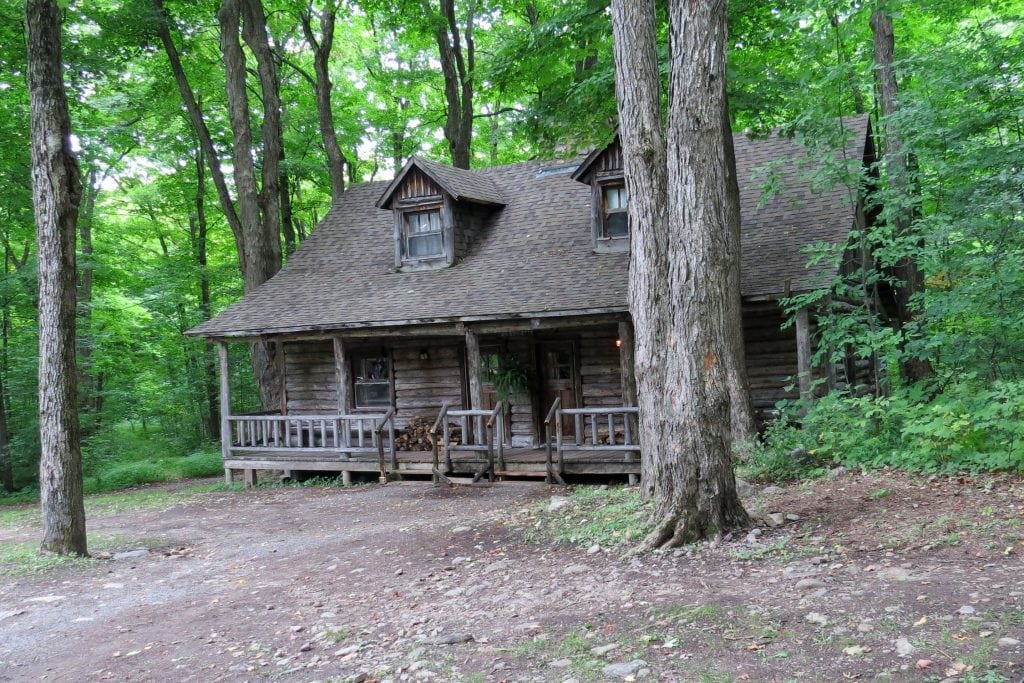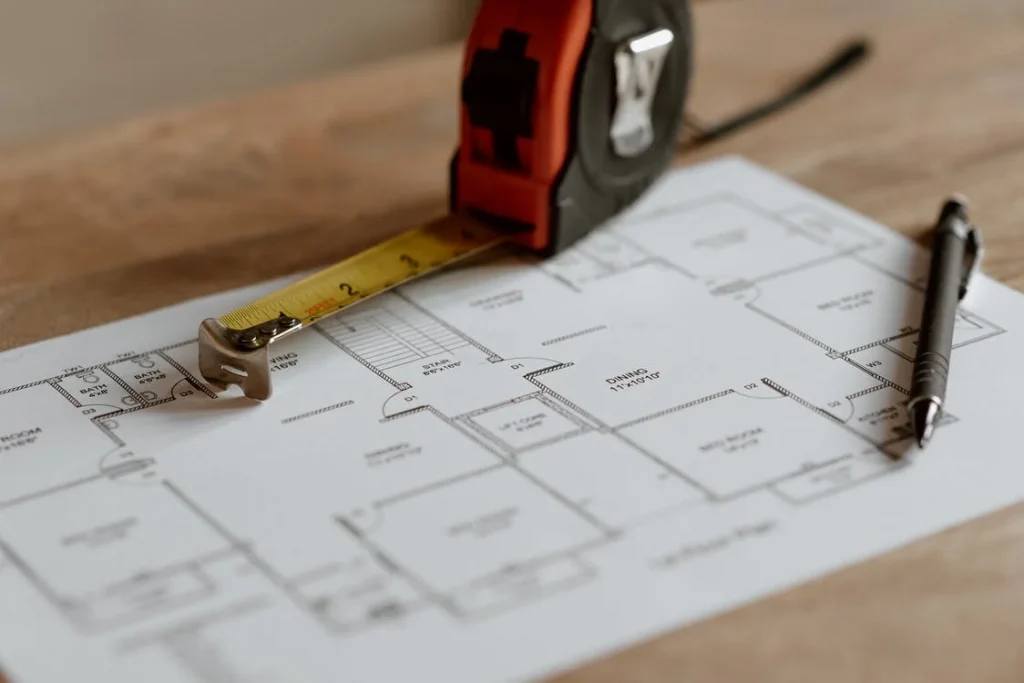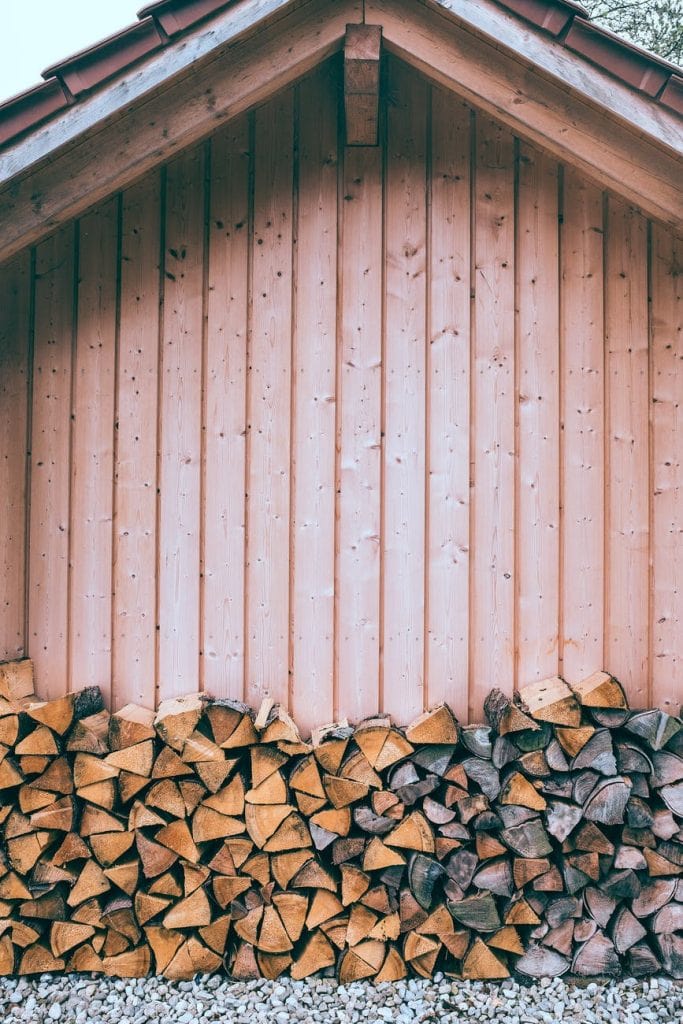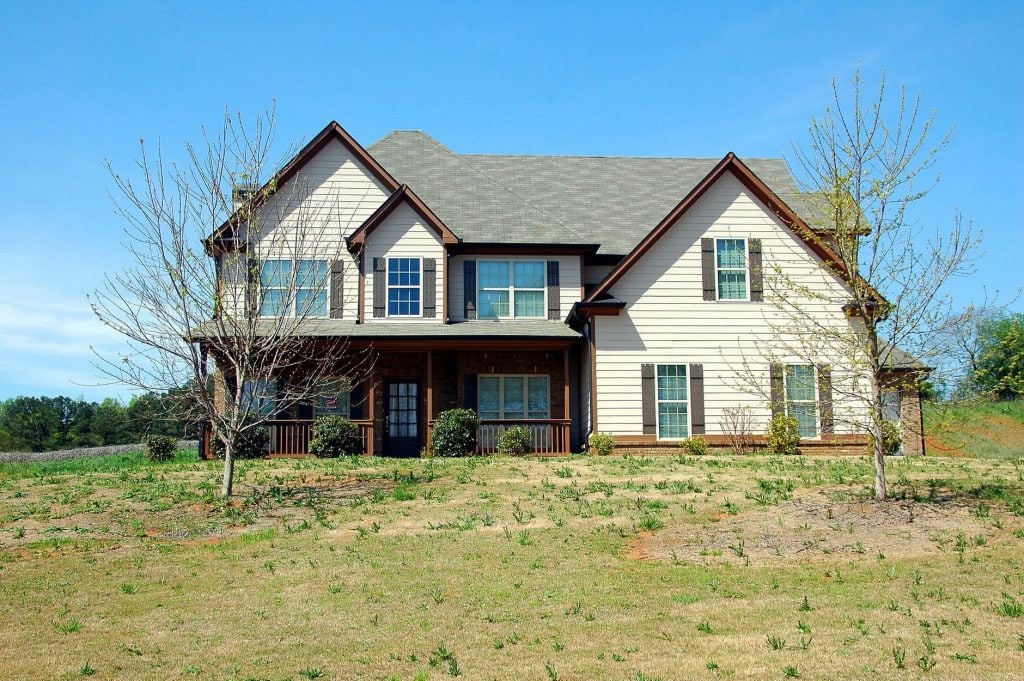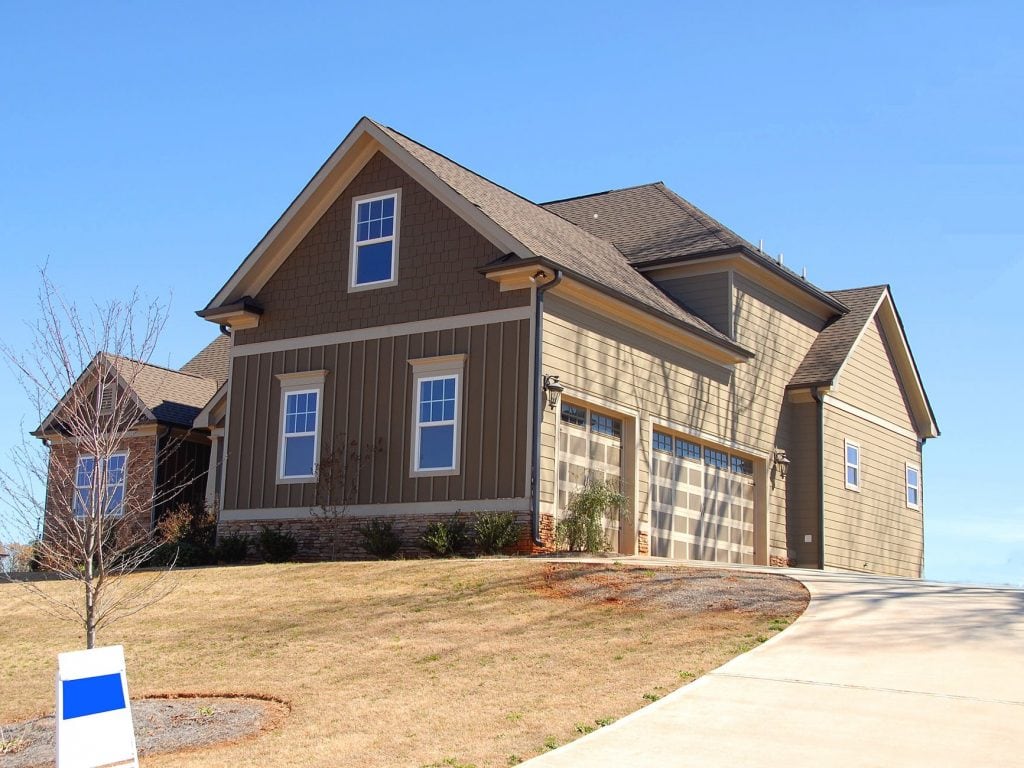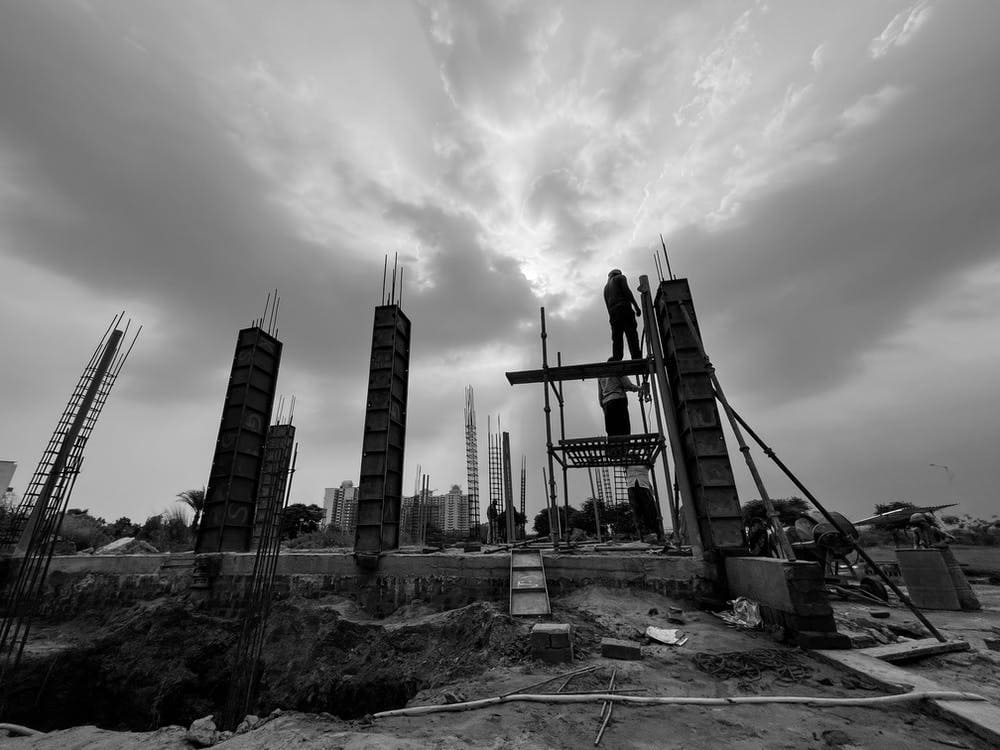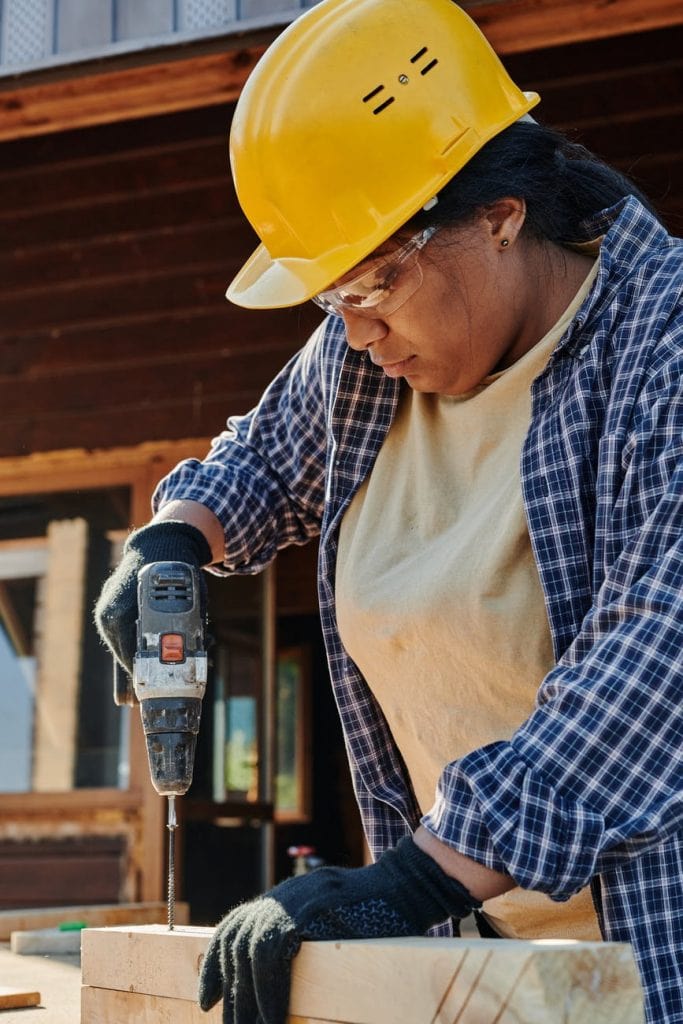Whatever type of foundation you have, underpinning a house means transferring the structure’s load to a soil that can support it. The piers used in underpinning go deep down past weak soil until they reach the load-bearing strata. Transferring the building’s load to strong soil stops not an only settlement but also adds supplemental support to the foundation. Underpinning a house also preserves its value.
Underpinning a house is necessary when the home’s foundation is no longer able to support it. This usually isn’t a problem with the foundation itself but with the soil underneath it. There are different soil types, and not all of them are strong enough to support a heavy foundation and the house built on top of it. Problems with soil under a foundation include,
Expansive soil – This is soil that contains a lot of clay. It swells when it gets wet and then shrinks by that same amount when it dries out. This swelling-shrinking cycle – which usually happens on a seasonal basis – creates movement in the soil, which puts stress on the foundation. It can also cause voids to form under the foundation.
An infographic with information about soil types and foundation construction
Soil that wasn’t adequately compacted before construction – Soil that’s removed from a construction site and then backfilled needs to be well compacted before anything is built on top of it. If this isn’t done, the structure will almost certainly experience differential settlement, which means the structure is settling into the soil unevenly. The differential settlement puts tremendous stress on a foundation and can lead to severe structural damage.
differential settlement infographic
Soil erosion – This can happen when there’s poor drainage around the home.
Large trees around the home have slurped up all the moisture – This can dry out and shrink the soil, creating voids under the foundation. If the foundation starts to sink into these voids, you’ll have trouble.
Soil creep – Soil creeps is a phenomenon where soil at the top of a hill gradually makes its way down the hill. Soil can cause lateral movement in homes built on hillsides.
Other problems that might make underpinning a necessary house include,
Natural disasters – Earthquakes, floods, drought, and sinkholes can all cause structural damage.
Poor construction – Sometimes, the problem isn’t the soil but the way the house was built. Perhaps the contractor built the house without taking into consideration the soil type.
Renovations – Adding a story to a house will add significant weight to the foundation. This may require underpinning a house before the new construction starts.
Types of Underpinning
There is a general consensus among architects, engineers, and construction workers that there are three primary types of underpinning:
Mass Concrete Underpinning/Mass Pour
Mass Concrete underpinning is perhaps the oldest, most frequently utilized foundation repair method on the planet.
This involves digging holes/voids underneath a weakened foundation and pouring new mud/concrete/filler below the original foundation.
This extends the depth and breadth of the foundation, providing extra inherent support.
This is simple. Basic. Gets the job done. You can chalk it up to – digging a hole underneath the existing foundation and filling it up with supporting material.
Beam and Base Underpinning
This is a newer form of underpinning where a reinforced concrete/steel beam is constructed below, above, or in replacement of the existing footing.
The beam then transfers the weight of the building to these concrete/metal bases, which have been positioned in strategic load-bearing locations.
This is slightly more sophisticated than mass concrete underpinning in that it’s essentially adding a new concrete/steel base to an older one, not replacing it.
Mini-piled Underpinning
This type of underpinning allows for the greatest flexibility in regard to where access is limited/restricted and environmental pollution is significant.
Mini-piled underpinning is typically when the load of the structure needs to be transferred to more competent load-bearing soil at a greater depth (occasionally as deep as 50 feet).
This originated in Italy back in 1952 and has undergone many different variations under numerous names and patents.
There are various methods for underpinning a house. The most commonly used are:
Push piers
Heavy-duty steel push piers (also called resistance piers) are driven deep down into the load-bearing soil using hydraulic pressure and the building’s weight. Once they’re in place, synchronized hydraulic jacks lift the house back up. For more information, see Resistance Piers.
Helical piers
Helical piers get their name because they have helices and look something like giant corkscrews. They’re turned down into the ground until they reach load-bearing soil. (The torque necessary to drive them into the soil determines load-bearing capacity.) Synchronized Hydraulic jacks then raise the building. For more information, see Helical Piers.
Drilled concrete piers
Homes built on hillsides are susceptible to a phenomenon known as soil creep. Over time this can cause lateral movement in the home resulting in structural damage. Drilled concrete piers go deep down into the bedrock, stop this lateral movement, and stabilize the foundation.
Slab piers
Slab piers are installed through a small hole in the slab and can be either push or helical piers. Anchors are inserted into the hole until they reach the load-bearing strata. Steel brackets then attach the anchors to the foundation.
Signs underpinning a house might be necessary.
Signs your home might need underpinning include,
Windows and/or doors that no longer open and close properly – Maybe they stick or don’t open or close all the way, etc. If it’s just one window or door, it’s probably not a foundation problem. However, if multiple windows and/or doors behave strangely, it’s more than likely a foundation issue.
Sloped floors – Even slightly uneven floors can be a sign of foundation trouble.
Ceilings and/or floors that have separated from the wall – The separation doesn’t have to be very large to be a sign of structural damage.
Cracked floors – Look for cracks that go across the floor, wall to wall. Cracks limited to one or two tiles were probably caused by something falling on them.
Torn wallpaper – There might be a cracked wall behind the torn wallpaper.
Wall rotation – This happens when the soil on the outside of your home’s foundation gets oversaturated with water that can’t drain off. Eventually, the outside foundation wall starts to sink into the soil while the inside part of the wall lifts because it’s on drier ground. This will cause the wall to rotate.
Mouldings detached from the ceiling and/or floor – Even small detachments can signify foundation trouble.
Stair step cracks in brickwork – This is a sure sign of foundation problems.
Chimneys and/or porches separating from the house – The problem might be related to the foundation under the chimney or porch. However, there’s a possibility your home’s foundation has a problem.
Cost of underpinning a house
Without an in-person inspection, we can’t say how much it will cost to underpin your house. This is because there are so many variables involved, including the cause and extent of the damage, how easy it is to access the foundation, whether or not we’ll need to remove/replace landscaping or concrete, the chosen repair solution etc. We don’t publish prices for this reason.
The only way to know for sure how much underpinning a house will cost is to contact a foundation repair contractor in your area and ask for an inspection. Most will inspect your home’s foundation for free and then offer a repair estimate.
Because underpinning a house can be expensive, homeowners should learn to spot the signs of foundation trouble early before there’s significant structural damage. If you’re in our service area in northern California, contact us today for a free inspection and estimate.
Frequently Asked Questions
Restumping (sometimes called reblocking) consists of jacking up the house, removing the existing wooden stumps and replacing them. During the restumping work, floor levels need to be reset, and it's possible that the movement will cause warped doorframes, cracked plaster, damaged tiles and so on.
Usually, houses need restumping due to age, termite damage, or soil movement. In those cases, it's unlikely your home insurance will cover the cost. However, if the stumps have been damaged by an insured event – for example, a pipe burst and caused significant water damage – you might be covered for restumping costs.
The best course of action is to call a restumping professional rather than DIY restumping a house yourself. This is very important, as if this is not done correctly, you may be compromising the structural integrity of your home as well as the safety of your family.
If subsidence is caused by an escape of water, the customer's claim for loss or damage is usually considered under the escape of water peril clause of their insurance policy at first.
This involves a sub-floor of horizontal bearers (beams) that support joists (a smaller, closer spaced beam on which the flooring material rests). The bearers sit on stumps which are adjusted in length to all be level with each other.
Reasons for underpinning?
There is a long litany of reasons why underpinning needs to be undertaken. Here is a short list to help us understand underpinning’s unique utilities.
A structure might require underpinning if –
- The original foundation isn’t strong/stable enough to support the existing structure.
- The initial use of the structure has changed, requiring foundational reinforcement.
- The soil is not competent to withstand the weight of the structure.
- Another story is being added to the structure, requiring deeper foundational footings to help support greater load-bearing capacity.
- It is cheaper to repair/reinforce than buy new.
- Seismic activity, drought, flood, or other acts of God have compromised the structure’s structural security.
A simple way to think about underpinning is this: any outside force that compromises the strength, integrity, and functionality of your foundation/footing is a reason to underpin (provide reinforcement/structural support).
How to get your house underpinned in 5 easy steps
Step 1: The Structural Engineer’s Assessment
You’re going to need a qualified structural engineer to assess your home. The structural engineer should be:
- experienced in assessing and repairing damage
- have local knowledge,
- be registered to practice in your area
- and be easy to speak to.
Arrange for an inspection first – and preferably do not pre-empt the whole conversation by stating you need underpinning – leave that assessment to the structural engineer. Describe the symptoms. What you are seeing, When did the crack first appear? Your bedroom door sticks or doesn’t latch. There are cracks in the brickwork above the garage.
Some engineers aren’t qualified. Some engineers aren’t independent. It’s a little more work for you, but it reduces the risk of getting work done that you don’t really need. So do your research and make sure you can trust the engineer you engage in giving you advice.
The Engineer’s Investigation Should Include These Assessments
Your engineer should do these things to investigate your house movement and damage (beware of an investigation that is less extensive)
- Inspect and record the damage around your house.
- Inspect the outside of the house, looking for external influencing factors.
- Take floor levels throughout the house to determine which part of the house is moving and work out whether it is lifting or subsiding.
- Ask to see a copy of the original engineering and soil test (if it is available).
- Run a Dial Before You Dig report to see if there are any underground services affecting your property.
- Sometimes, arrange an independent soil test to check the validity of the original soil test.
A decent, experienced engineer’s inspection and report might cost somewhere between AU$1,500 and AU$2,000, but determining the cause of the movement and cracking is the essential first step in getting your house underpinned.
A slab contour plan features in our guide to underpinning because underpinning is normally used to reverse slab unevenness.
Your house may not even need underpinning. Speak to your engineer about your options for stabilizing your home with these alternatives:
- Soil moisture stabilization
- Adjustable stumps
- Flexible joints in walls and ceilings
(Thick we can help you? Why not send us a message or Get a Quote)
Step 2: The Soil Test
Your underpinning contractor can’t quote your underpinning job until the soil conditions on your site have been assessed.
A soil test is needed to see how deep the firm soil is. That helps determine how deep your underpins will need to be.
The soil test in preparation for underpinning is not the same as a site classification for building a new home.
A soil test in preparation for underpinning goes much deeper (between 6m and 8 m deep) and sometimes also involves recording soil moisture conditions at 500mm depth increments.
Use a soil tester that knows your area and can get a digging machine into the area for the soil test.
Step 3: The Engineering Design
This is why you used a structural engineer to assess your house in the first place – the engineering design for underpinning should be completed by a registered professional structural engineer local to your area.
The structural engineer will use the information contained in the soil report to determine the best location, spacing and depth of the underpinning that will be used to stabilize your home.
The engineer didn’t originally know your house had to be underpinned when they first quoted your job, so expect to pay for the underpinning design.
Be wary if a salesman for an underpinning or resin injection company offers to pay for your design – you might end up with more underpins than necessary.
Step 4: Engaging an Underpinning Contractor
Get at least two quotes from underpinning contractors that service your area.
The underpinning quotes should explain what is included and what is excluded and provide a basic indication of what costs could vary.
For example, a good underpinning contractor will include prices for removing and replacing concrete slabs, getting the plumbing checked after the work is complete, engineer’s inspections during construction, council fees and workers’ compensation fees.
If the quotes are too hard to compare, also ask for references and speak to the people who have previously used the underpinning contractor.
- Did the workers make a mess and refuse to clean it up?
- Were they courteous and friendly?
- Did they do the job they said they would do?
- Were there any unexpected price variations?
Step 5: Construction of the Underpins
The underpinning contractor will run the project now.
They will construct the underpins in stages if there are quite a few underpins. They’ll arrange for the structural engineer to attend prior to each concrete pour to ensure the underpin footings have been excavated to the correct depth.
They’ll place and pour the underpin concrete. Then days later, they’ll come back to jack up and stabilize the house.
Your underpinning contractor will finalize all the paperwork, give you a copy of the final floor levels and submit a final invoice.
How to Arrange Underpinning
Most underpinning contractors recommend an inspection and report by a structural engineer first. This is because it is important to identify and diagnose footing movement that could reverse with a change in soil moisture conditions.
Structural engineers experienced in the diagnosis of slab heave and slab settlement are a suitable choice for this investigation.
The structural engineer should recommend independent soil tests before designing a foundation underpin solution.
The structural engineer can specify the depth, diameter and spacing of the underpin based on the type of construction of the building, the strength of the soil, the type of soil and the amount of footing movement.
Then you’ll need a contractor to arrange building approval and then install the underpins. (Yes – building approval IS required for the installation of underpinning).
Underpinning isn’t technically difficult, but an experienced underpinning contractor will have a better feel for managing difficult site conditions and safe house jacking procedures.
The excavations should be inspected by a structural engineer before they are filled with concrete.



